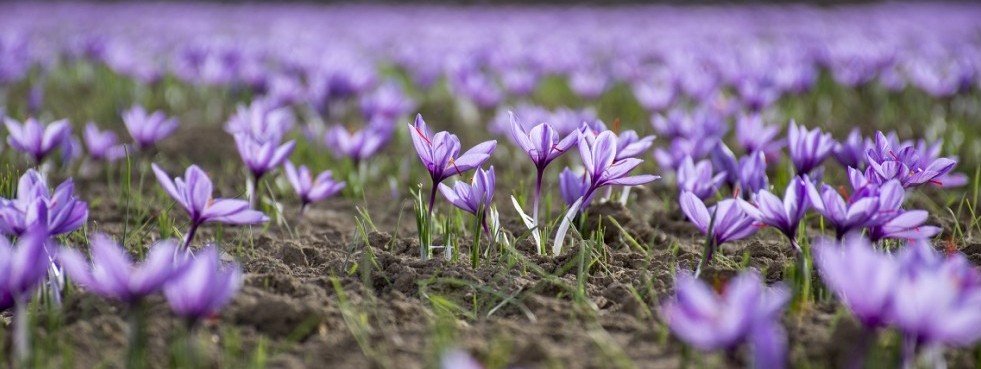
Iran is the largest producer of Saffron in the world and has over 90% Saffron production worldwide. Khorasan Razavi province and Gonabad region are part of central Iranian plateau with arid and semiarid climate. Persistence of such climate resulted in water scarcity and poses challenges toward improved food security and livelihood of residents of these areas. However, proper use of water resources supplied from Qanat System and promotion of products with high rate of added value, especially Saffron, created unique opportunity for farmers and residents of the region to improve their livelihood.
Saffron is an exceptional plant in the region that is resistant to drought, and is considered a valuable and worthwhile product, due to the shortage of water. This encourages farmers to develop Saffron cultivation, as well as a stable and profitable job for about 400,000 people in the region. Saffron cultivation accounts for 35 percent of the revenue from the total agricultural income of the city. continue to FAO
Source: FAO
